The casting for the live adaptation of The Little Mermaid was announced and some people reacted to the announcement that Ariel will be portrayed by a Black actress with shock and dismay. It surprised me how some people I considered to be open-minded and accepting were reacting with anger about a fictional character. My second reaction was that they have never been exposed to the wonderful array of stories out there. We have so much work to do when it comes to diversity and inclusion but one way that we can make a real difference is to teach students that these stories are told in so many ways. The reality is that so many of the fairy tales we read are based on folk tales from all over the earth, multicultural fairy tales already exist. They’ve always existed. Let’s make sure we use a wider lens and a more varied library of fairy tales in our classrooms – if you need some titles, there are so many out there. This list is just a small sample of diverse fairy tales appropriate for early childhood classrooms.
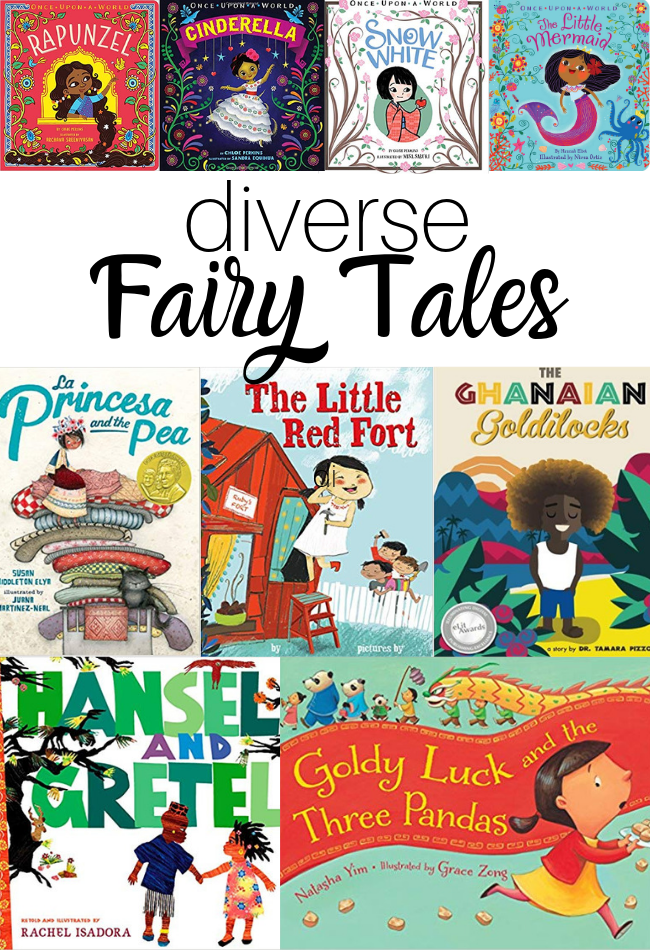
This book list contains affiliate links that give me a small commission if purchases are made.
What Are The Best Multicultural Fairy Tales for Kids ?
The Little Mermaid by Hannah Elliot is part of one of my favorite board book series Once Upon The World. The story is pretty familiar, no big changes from what you would expect from a telling of The Little Mermaid, but it is set in the Carribean with vibrant island colors and a notably dark-haired and darker-skinned Little Mermaid. I love the illustrations by Nivea Ortiz, they are vibrant and keep my little ones who aren’t reading independently yet enthralled.
La Princesa and the Pea by Susan Middleton Elya is a funny re-telling of the classic fairy tale Princess and the Pea. Set in Peru and with a dash of Spanish words throughout the rhyming text tells the story of a prince who is being prepped for marriage and his mother who is making sure that only a real princess makes the cut. The queen is absolutely a monster-in-law, but the sweet prince makes up for her and then some. This book is a fantastic read-aloud, and I can’t give it away, but there might be a funny twist at the end too.
Hanzel and Gretel by Rachel Isadora is a scary tale of two brave children who are captured by a scary witch and must save themselves or be eaten. There is no candy in this retelling set in Africa but there are incredible illustrations that capture some of the rich colors and textures of Africa.
The Princess and The Pea by Rachel Isadora is stunning, the illustrations will transport readers to Africa. There are no twists or changes made to the classic tale and the text is short enough for a circle time read. Children adore the rich colors used in the illustrations and I love that there are no big changes to the story, simply a different lens and location.
The Little Red Fort by Brenda Maier is an updated version of The Little Red Hen with a strong independent little girl at its center. Ruby is a little Latina girl who decides to build a fort and asks her brothers for help… you can probably guess what their response was. Doesn’t matter, she builds it anyway, with a little help from mom and grandma. I love that this book effortlessly breaks stereotypes and assumptions and inspires readers to use their imaginations and build something. It also helps to teach children how to make amends and right their wrongs. I love this book!
Cinderella by Chloe Perkins is one of the board books that my students grab over and over again. This fairy tale is set in Mexico and the colorful artwork throughout the board book is so vibrant; I am often sad to turn to the next page. The story itself hasn’t been changed simply the environment which is the point of this series. It aims to look at classic tales through a different world view without changing too much of the story. I think there is a place for completely different tellings as well as this sort of shift.
Rapunzel by Chloe Perkins is another Once Upon A World board book that my students love. Rapunzel is Indian in this version of the story but other than that it’s pretty much the same tale. This year I had a three-year-old ask me what her name was. I said, “It’s Rapunzel.” The three-year-old thought about it, then said ” I have a movie and she wears a purple dress and has yellow hair. This girl has brown hair like me.” While my student was caucasian, she still connected to how she had something in common with THIS Rapunzel that she didn’t feel with the one she saw in Tangled. I loved that and this whole board book series.
Snow White by Chloe Perkins will take you away to Japan but tells the same Snow White story you are probably familiar with. This is not an update, the prince still kisses an unconscious Snow White which many people wish was removed but I see it as an opportunity to talk about why we don’t do that. I love the illustrations by Misa Saburi, and they make me want to book a flight to Japan ASAP! I love that this book and all the books in this list give children a chance to imagine these tales and so much more than just the Disney rendition. There are so many ways to tell these stories.
The Ghanaian Goldilocks by Dr. Tamara Pizzoli introduces us to Kofi, a boy who lives in Ghana and spends so much time outside that his hair is bleached by the sun. Like the Goldilocks story you may be more familiar with he is sent to deliver some things to a neighbor and when they aren’t home he decides to make himself at home, in their house. This is a story about respect and how there is a difference between being comfortable in other people’s houses and crossing lines that shouldn’t be crossed. Beautiful book that celebrates these lessons and the West African culture of Ghana.
Little Red and the Very Hungry Lion by Alex T. Smith is a retelling of Little Red Riding Hood that has a sick Auntie with spots and it’s up to Little Red to get her what she needs. Instead of a wolf, there is a Hungry Lion who has no clue what he’s getting himself into! Kids love this book, the illustrations are hilarious and the story is fun. I don’t think it’s particularly African, in the way that Rachel Isadora’s books successfully incorporate cultural references in a much deeper way, but this is a fun read that has a brave little heroine and is definitely worth reading and finding a place for it on your bookshelf.
Goldy Luck and The Three Pandas by Natasha Yim is a retelling of Goldilocks and the Three Bears that takes place during Chinese New Year. Goldy Luck is asked to take some food over to her neighbors but when they aren’t home curiosity gets the better of her and she gets into all kinds of trouble. What I specifically love about this version of the fairy tale is that Goldy goes home to think about what she did and how to make it right. I love that there is that addition to the more traditional telling of the story.
Need more than just diverse fairy tales for kids?
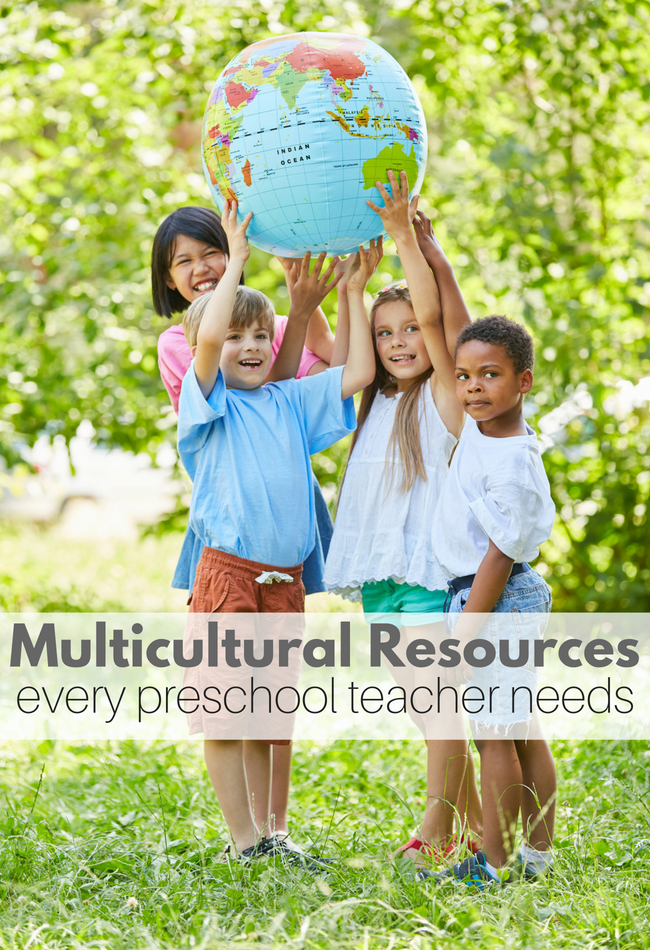
The answer is yes, you do. We all need more than that! Check out our list of multicultural resources for preschool here.
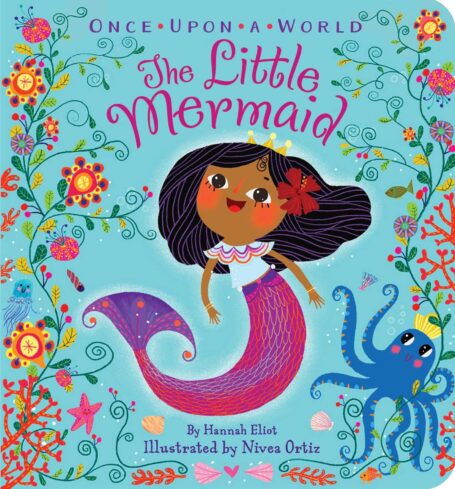
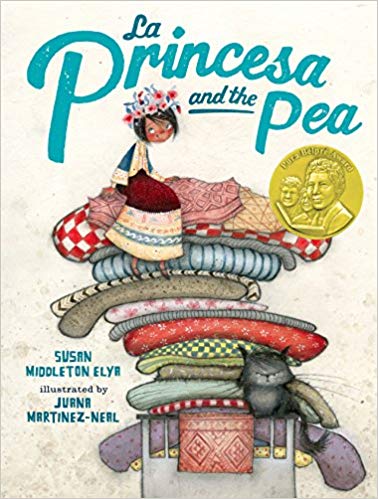
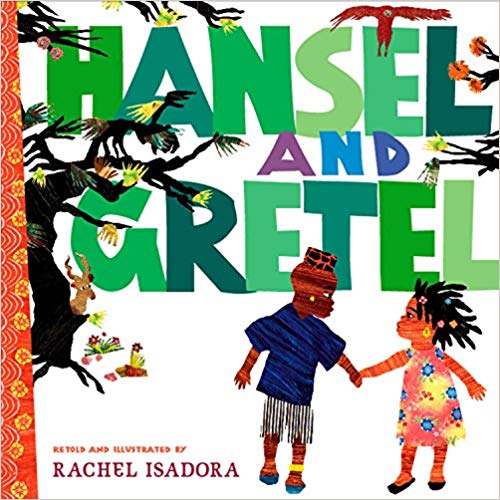
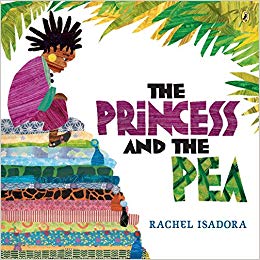
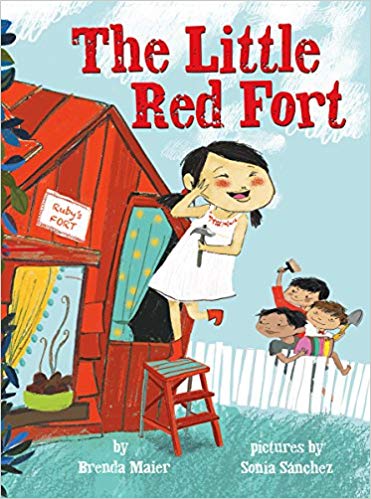
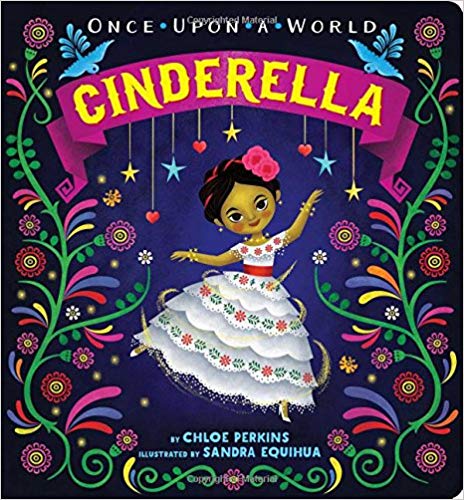
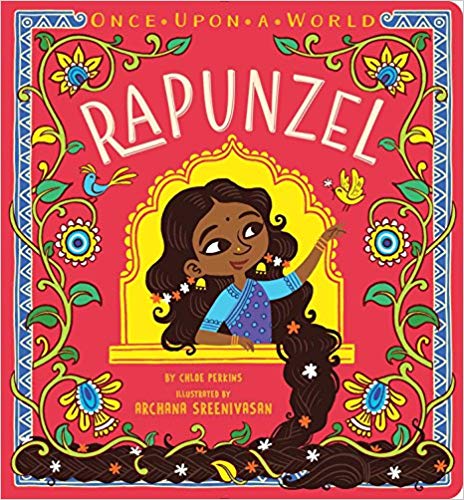
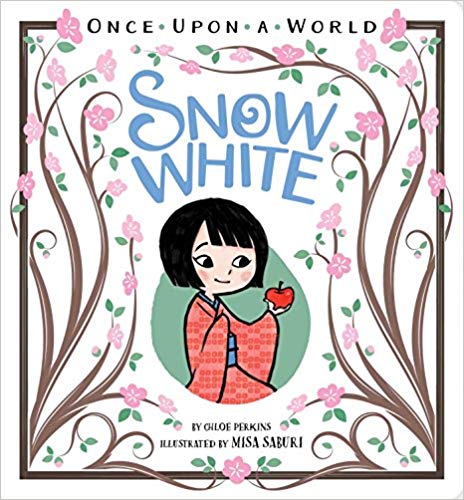
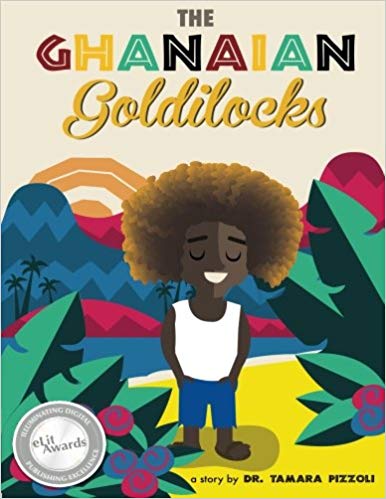
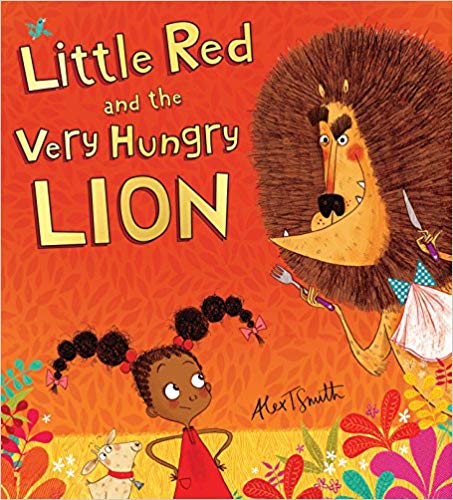
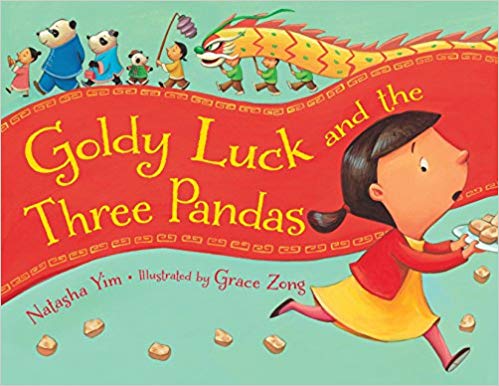
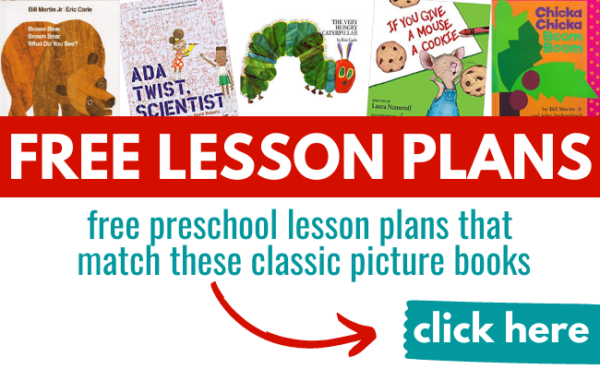
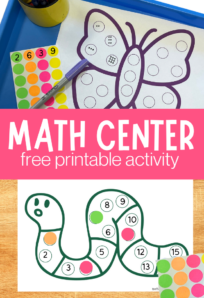
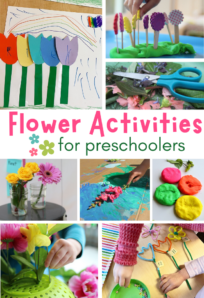
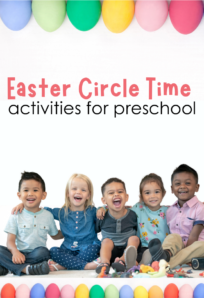
Raquel says
Lovely books!
I love Little Red and the Very Hungry Lion. It’s super fun!
Thanks for this post!
abiyu says
Lovely books!